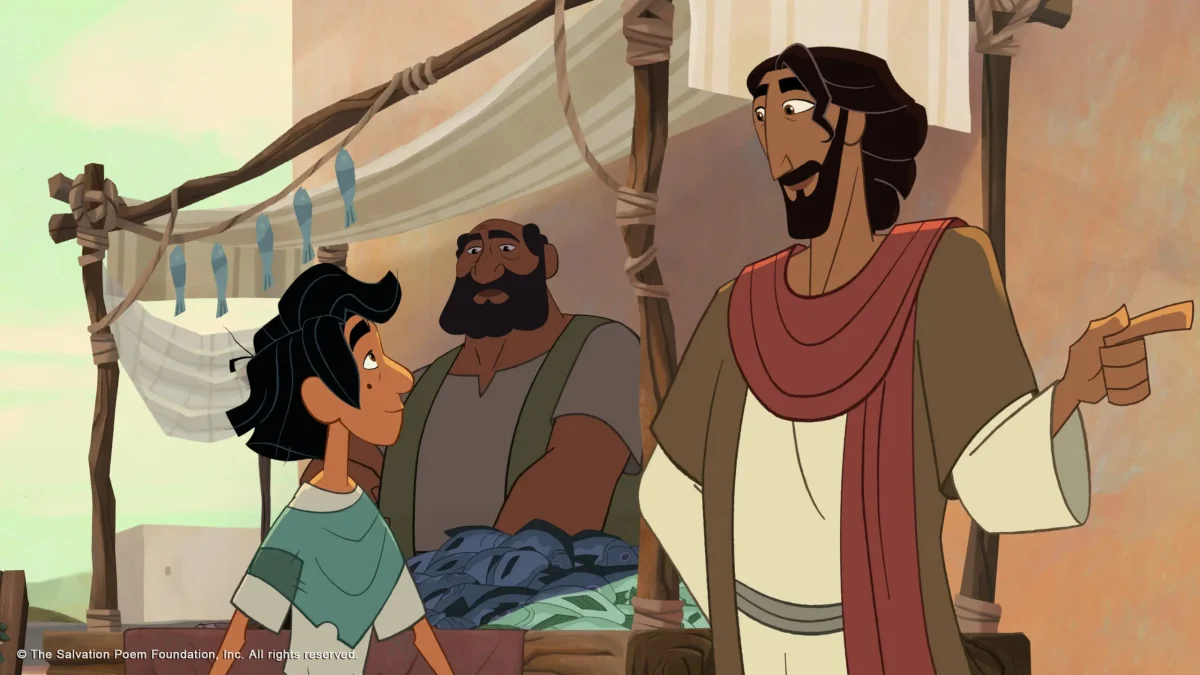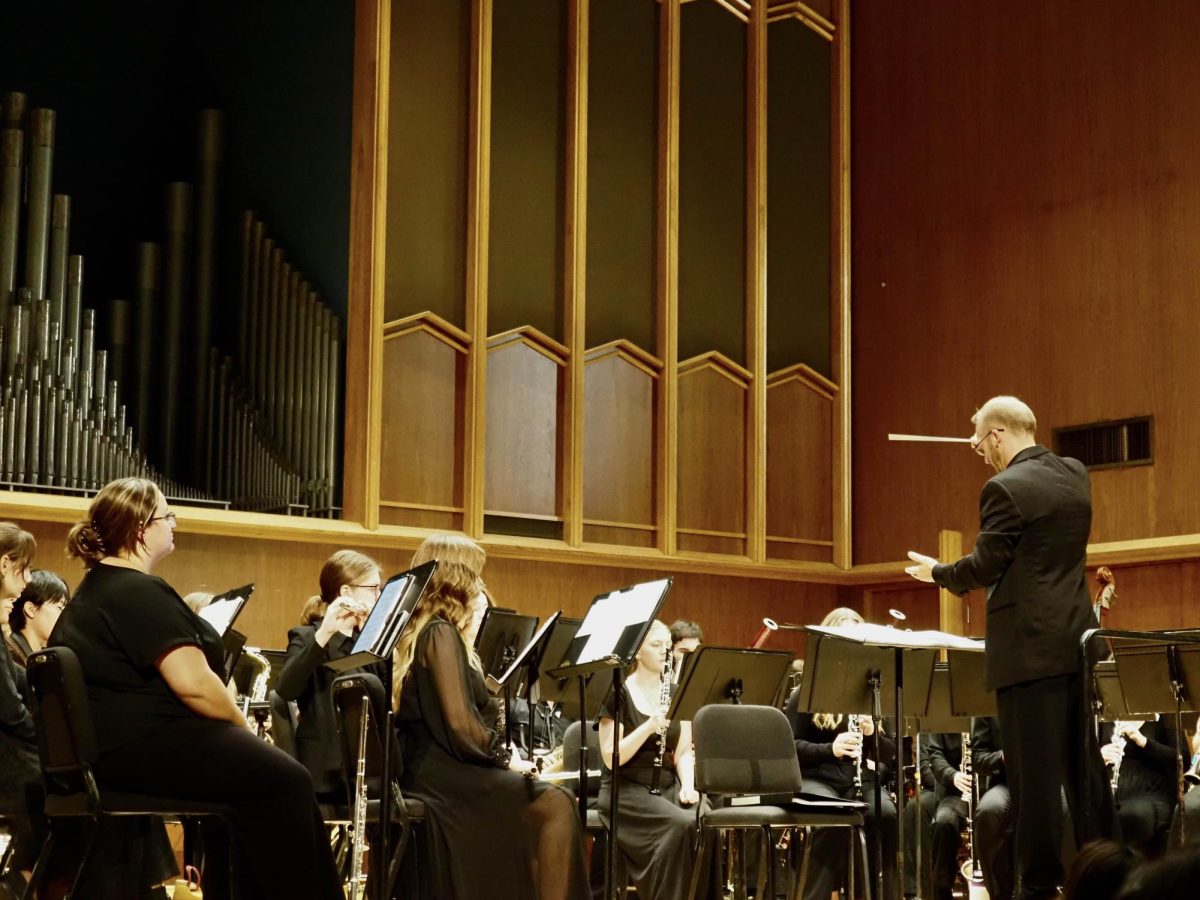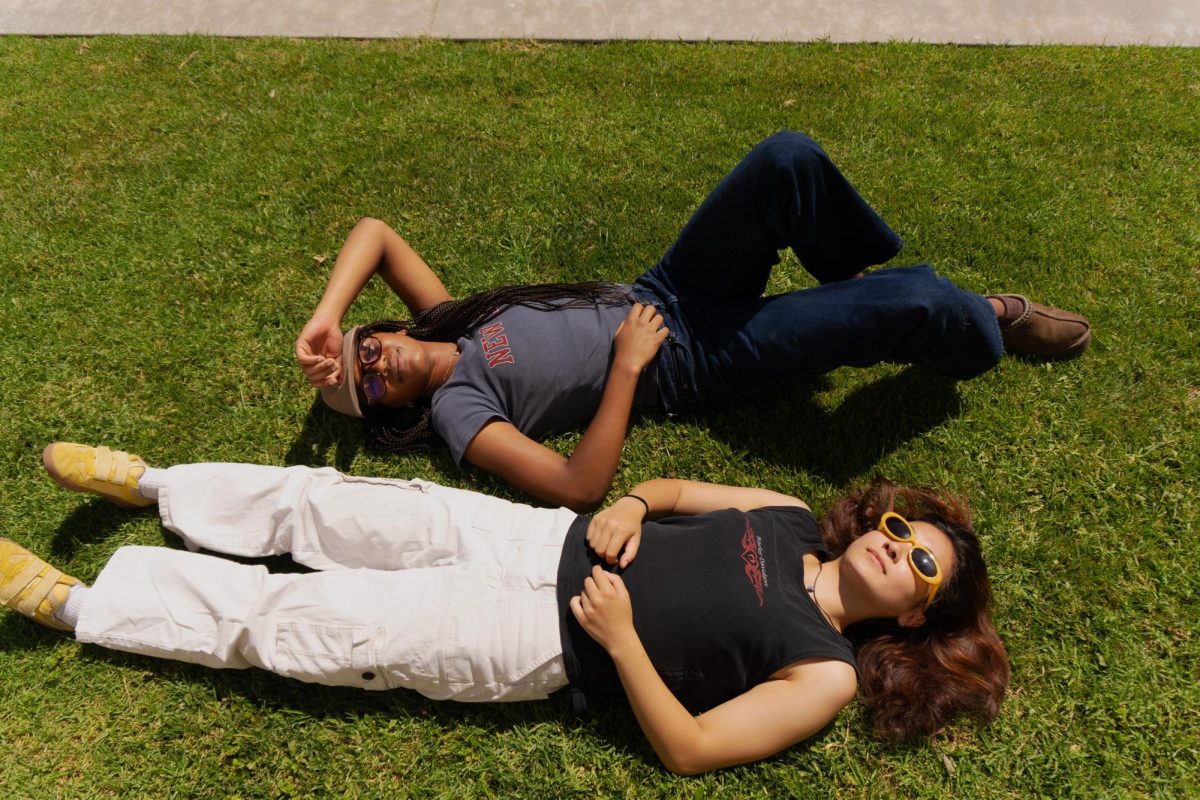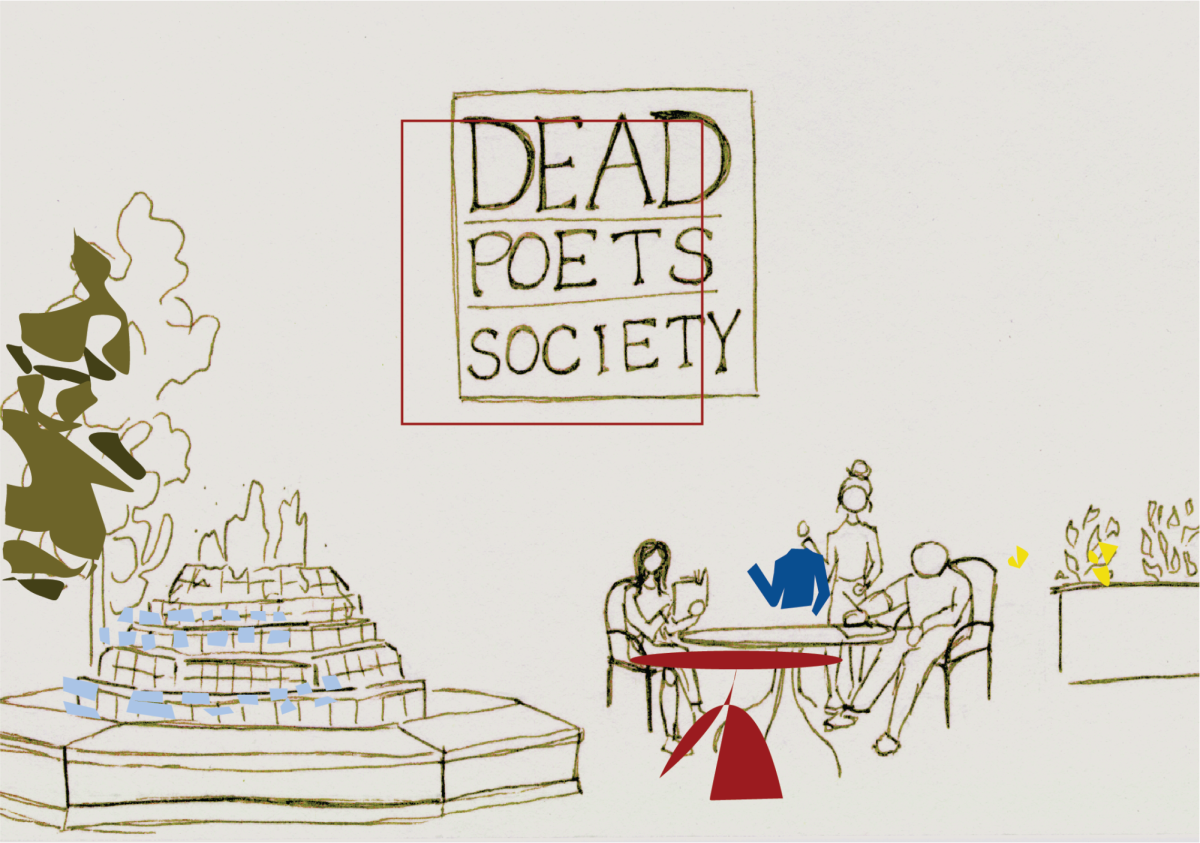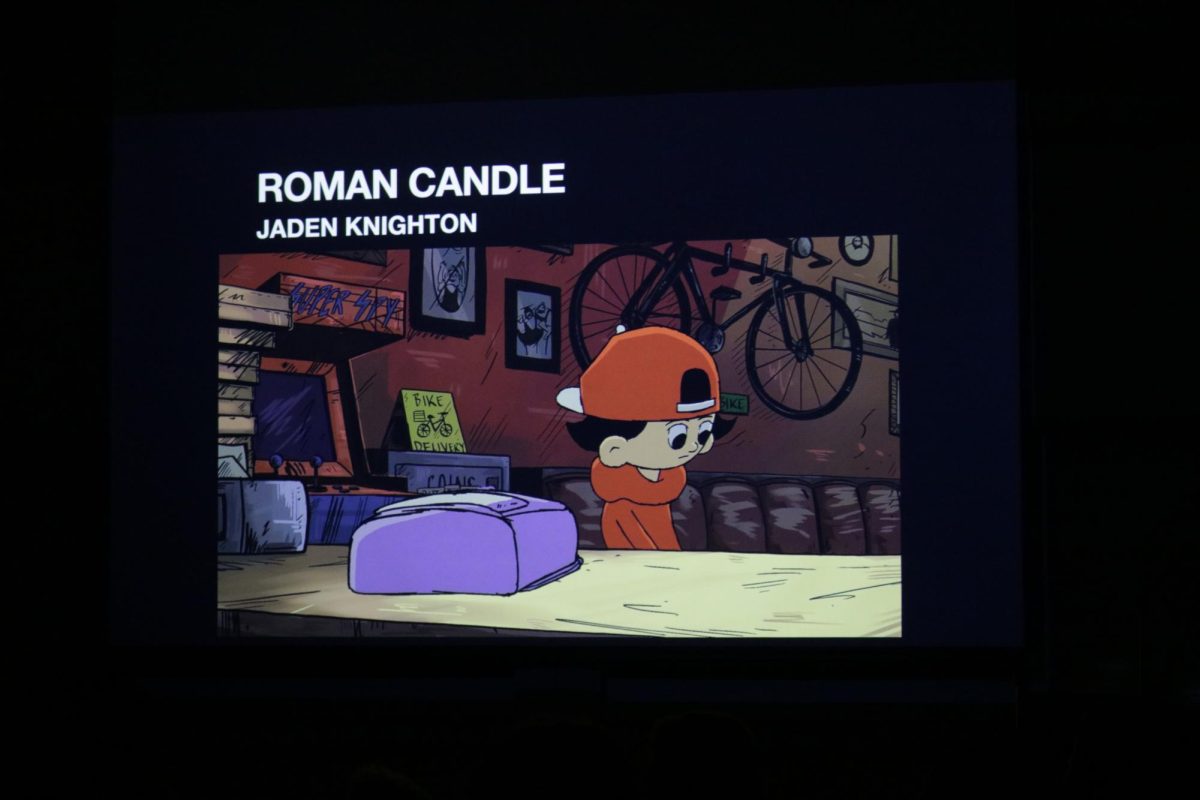Hand drawn animation nowadays is mostly considered a lost art form. The beautiful, traditionally-made films of old are now dominated by computer animated movies. When the classic art form is executed, it is usually done through anime or an occasional appearance at independently run movie theaters. I was not expecting the craft to return so suddenly while simultaneously arriving in a very unusual way. Never in my wildest dreams would I have expected to see a feature, 2D animated film about the life of Christ in theaters during my lifetime. Not only was the film’s genre and medium surprising, but also the fact that it was being produced by Salvation Poem Project, an independent studio and nonprofit media ministry from Wisconsin. While the thought of another Jesus film can cause some eyes to roll, “Light of the World” arguably delivers one of the best adaptations of Christ’s story in recent memory.
Salvation Poem Project has produced a few animated videos, but “Light of the World” marks their first feature film. It is about the life, death and resurrection of Jesus Christ as seen by the young apostle John. Most films about Jesus depict John as a teenager or older, but “Light of the World” follows John in his mid-tweens. Inspired by the stories his mother used to tell him, John is determined to meet the rumored Messiah. Jesus miraculously helps John’s family where He reveals Himself to be the Messiah. John, his brother James and their friends Peter and Andrew join Jesus and the rest of His disciples to demonstrate God’s mercy to the world. Miracles, betrayal and the ultimate sacrifice of love are displayed as Jesus’ followers learn who the Messiah really is.
UNSUNG HEROS
Independent animated films will usually have one recognizable celebrity or performer voicing a character but “Light of the World” is completely backed by a list of unknown talent. Ian Hanlin, known for numerous side characters in animated works, voices Jesus while child actor Benjamin Jacobson voices John. Familiar voices include Dylan Leonard (Junior in “Superman & Lois”) who voices James, Erin Matthews (Pac-Man in “Pac-Man and the Ghostly Adventures”) who voices Salome and Adam Nurada (Knuckles in “Sonic Prime”) who voices Andrew. While relatively new to the big screen, most of the “Light of the World” cast are very acquainted with its director John J. Schafer. Eight of the film’s cast members voiced characters in Schafer’s 2011 television series “Superbook” such as Colin Murdock (the voice of Superbook) who voices Lucius and Rebekah Schafer (songwriter/lyricists for “Superbook”) who is also Schafer’s wife.
Similar to a majority of animated films, “Light of the World” has two directors. John J. Schafer is the film’s first billed director who mainly comes from a producing and VFX background. Schafer is most well known for producing and doing VFX for “Superbook,” a 3D animated reboot of the 1981 anime of the same name. Schafer has also consulted on some of the spin-off series for “Superbook” along with different roles on a few documentaries. The film’s other billed director is Tom Bancroft who has animated iconic Disney characters such as Mushu from “Mulan,” Iago from “Aladdin” and Pocahontas from “Pocahontas.” Bancroft has also done concept art for numerous VeggieTales episodes and is also the CEO of Pencilish Animation Studios, an independent Tennessee based animation studio which also contributed to the film.
FRAMES OF REMEMBRANCE
While a majority of modern animated films are done in either 2.5D (“Spiderman: Across the Spider-Verse”) or the bean mouth animation style (“Luca”), “Light of the World” leans more toward an aesthetic of shape based characters and thick-line animation (“The Secret of Kells”). It is not surprising how animator Tod Polson was involved in creating the overall look of “Light of the World.” Polson helped with color on “The Secret of Kells” and did concept design for “The Book of Life” which share minimalist and abstract similarities. The main sequences of “Light of the World” definitely skew toward Cartoon Saloon but the paper storytelling is done more in the vein of The Bible Project. Polson comes from the mentorship of background artist Maurice Noble and the influence is definitely seen in the film’s settings.
Many theatrical adaptations on the account of Jesus Christ portray the Son of God as a caucasian, monotone and richly clothed man while “Light of the World” manages to portray Jesus as the incarnate being of God while making him Jewish, full of life and traditionally dressed. “Light of the World” has some moments of artistic choices, such as having Joseph of Arimathea be the blind man healed by Jesus or the fictional Roman soldier Lucius being a combination of different male characters, which were likely made to save time yet were still able to carry the story. An impressive accomplishment “Light of the World” manages to achieve is conveying The Gospel message in a way where anyone can understand such as John the Baptist using a grasshopper to explain baptism or John guiding his father through the salvation poem.
During my time watching “Light of the World,” I was confused halfway through the film on why it felt so different from most contemporary animated feature films. It soon became clear to me how the film existed not purely to entertain or elevate but rather to devote itself as an act of worship in order to point toward the one who died for all of our sins. A low box-office revenue and almost no marketing means nothing as not all masterpieces are instantly acknowledged. I believe as time goes on, “Light of the World” will find its way into churches, homes and even secular settings to remind those who know of or are looking for the truth which sets us free.

